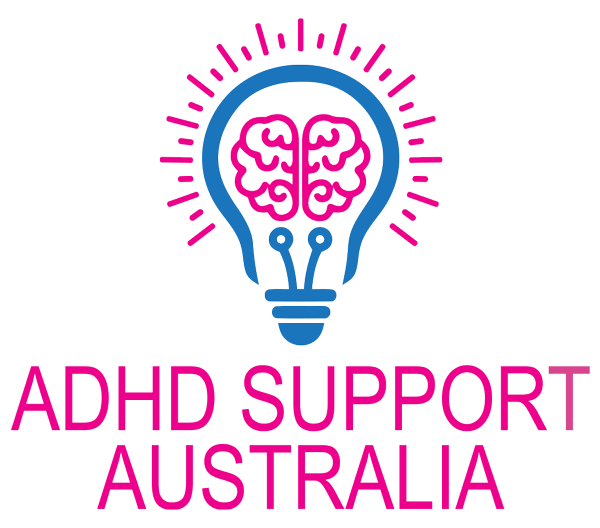
Pyrroles: What it is, What it’s not and How does it impact ADHD?
Spend any time perusing ADHD forums or ADHD Facebook pages and chances are you will come across Pyrroles, Pyrroluria, Kryptopyrroles or Mauve factor (all the same condition). You might be wondering; What the heck is Pyrroles and why am I hearing so much about it?
It’s popularity has risen, as once identified and treated correctly, it can bring about quite dramatic improvements in ADHD symptoms. It is an invaluable tool that I routinely screen for with my ADHD patients.
Sounds simple right? Check if your child has Pyrroles, treat it and voila! No ADHD! Unfortunately it doesn’t always work out this way. Let’s drill down on Pyrroles 101 (bear with me through the boring parts), and most importantly what to expect for your child.
The Biochemistry of Pyrroles
The technical name for Pyrroles is hydroxyhemopyrolin-2-one (HLP). HLP is sometimes created when we metabolise part of our red blood cells (haemoglobin). It doesn’t actually have any beneficial purpose at all in our bodies, but it is normal for us to have small amounts.
Unfortunately what HPL does do, is take a particular liking to the zinc and vitamin B6 in our body. It has such an affinity for them, that once we absorb these nutrients from our blood stream, HPL hijacks them before they can be used elsewhere in the body (a bit like a controlling, jealous lover). HPL then escorts the zinc and B6 from the body, through our urine.
So this is not really a problem if HPL levels are low, however, if HPL levels are high this can really deplete our levels of zinc and B6. Our nutrients all interact with each other, and zinc is no exception. Zinc competes with copper. These two need to balance like a see-saw. If one is depleted (such as low zinc with high HPL), then the other rises, and vice-versa. So high HPL = Pyrroles = low zinc + low B6 + high copper + the accompanying symptoms of this nutrient disharmony.
Hopefully you’re still reading and I haven’t lost you yet! Now you know what Pyrroles looks like from a biochemistry point of view, but what does this actually look like in a child or adult?
What are the Symptoms of Pyrroles?
It is commonly linked to:
- ADHD
- Autism Spectrum Disorder
- Sensory Processing Disorder
- Dyslexia
- Anxiety
- Depression
- Down’s Syndrome
- Schizophrenia
- Learning Disabilities
- Bipolar, and
- Alcoholism
However not everyone with these conditions has Pyrroles (it is thought to sit around 18-35%), and not everyone with Pyrroles has these conditions.
If you Google “Pyrrole Symptoms” Pyrroles seems to be taking the credit for an alarming list of symptoms! Unfortunately Pyrroles has been caught in the cross-fire of actual scientific research and hearsay which is then spouted online as fact. The Pyrroles symptoms which have actually been independently correlated with raised HPL, with statistical significance, include;
• Anxiety, depression and insomnia
• Irritability, anger and episodes of rage
• Morning nausea, poor appetite and digestive symptoms
• Premature greying of the hair
• Poor concentration and lack of focus
• Poor dream recall
• Sensitivity to light and sound
• Skin disorders and poor wound healing
Treating Pyrroles
Help! That sounds like my child… What do I do now? You can test via a urine test, which measures the HPL being excreted. You can also assess zinc and copper levels through a blood test, as well as their ratio. This can be done through integrative GP’s or naturopaths.
Treatment involves giving high dose Zinc and B6 to correct deficiencies, supplements to remove excess copper, as well as other co-factors or nutrients which may be affected by high dose zinc supplementation. The aim is to normalise HPL, zinc and copper. When on the right dose, patients start experiencing relief from symptoms within a few days to 6 weeks.
So here is what treating Pyrroles is not…… The only cure for ADHD symptoms! I cannot emphasise the danger in letting Pyrroles take the entire blame for your child’s ADHD-like symptoms. Sometimes just addressing Pyrroles can bring about dramatic changes, however most of the time there are also other pieces of the puzzle that have to be addressed. The (long) list includes; other genetic issues affecting nutrients involved in mood and cognition, problems with the gut-brain axis, heavy metal toxicity, neurotransmitter imbalance, neural inflammation and oxidative stress, histamine intolerance and more! Pyrroles just happens to often be a particularly large piece of the ADHD-like symptoms puzzle…….
The author, Jen Dreghorn is a Specialist Naturopath at Wellbeing Clinic
